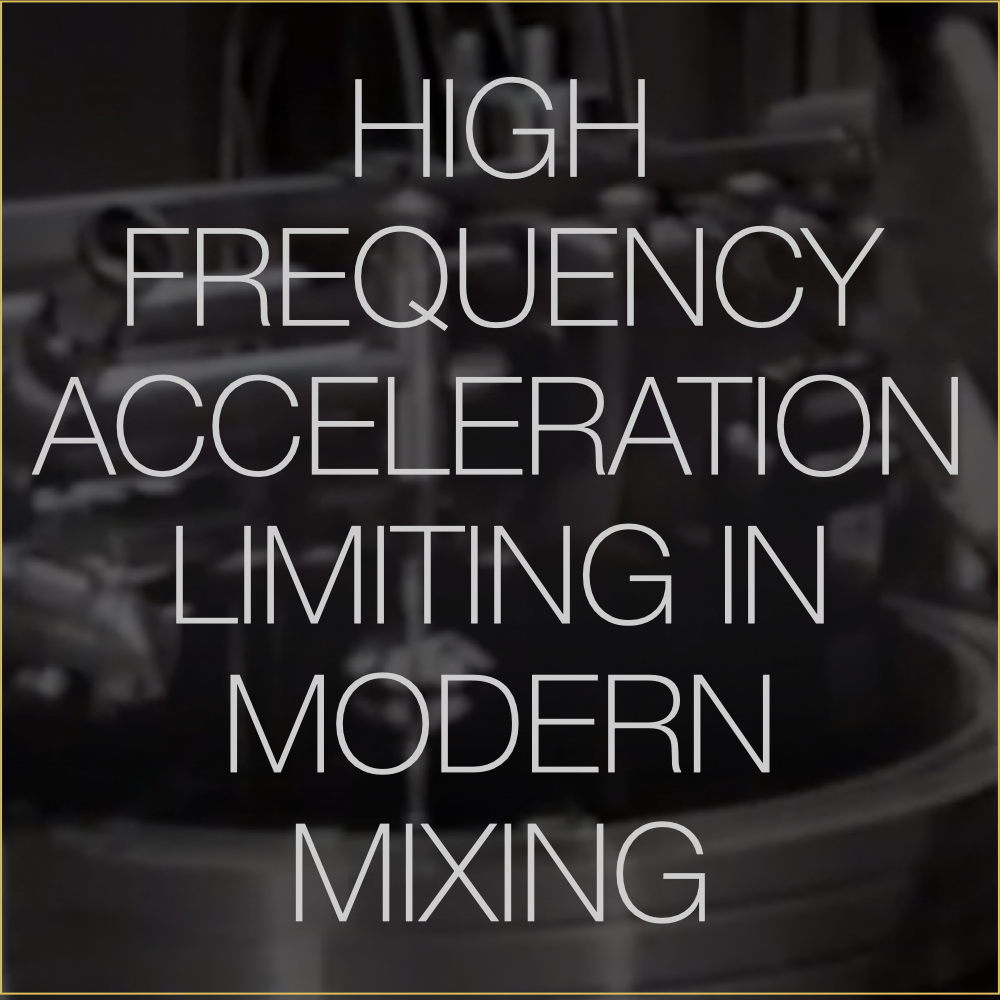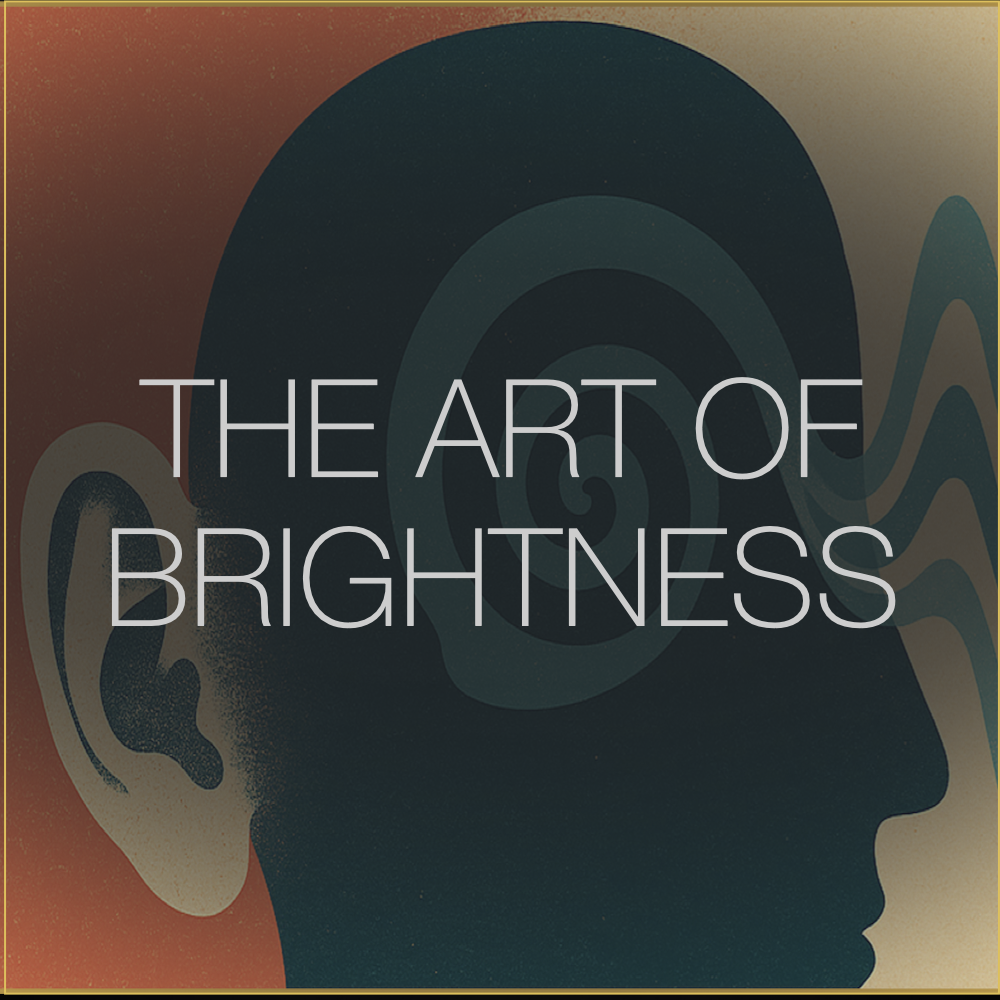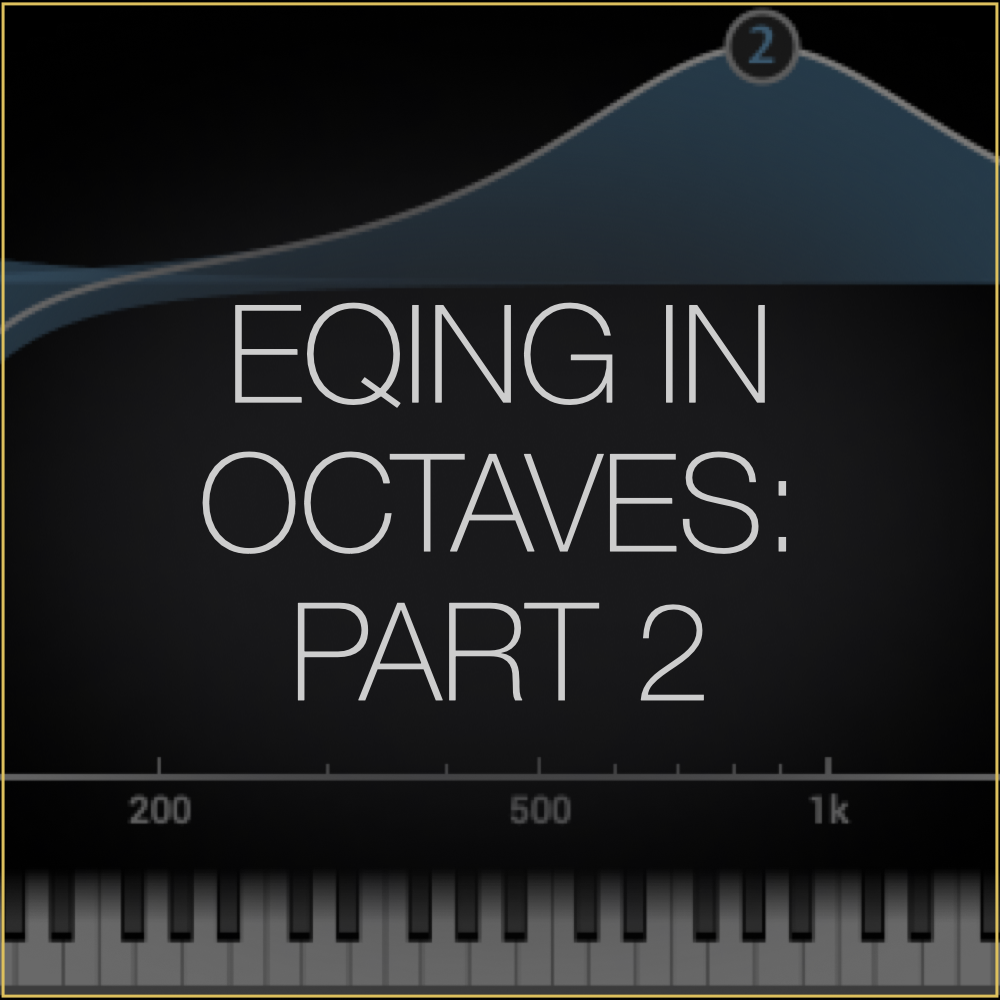In Defense of Resonances in Modern Music
We just released a short cartoon poking fun at the rise of resonant suppressors, the kind of modern tools that promise smoother, cleaner mixes. They’re everywhere now, quietly shaping the sound of modern music.
This post isn’t about bashing them. It’s about asking a simple question: Have we traded the raw character of sound for the illusion of sonic perfection?
When Fixing Resonance Goes Too Far
Resonant suppressors promise smoothness and control. They identify frequency spikes and automatically notch them down with dozens, or sometimes hundreds of narrow, minimum-phase EQ filters. It does its job, but it comes at a cost.
Each of those narrow filters dynamically smears the phase and sands off the transient behavior of the signal. The result can be technically “clean,” from an anti-resonance perspective, yet somehow flatter, duller, and less alive. Over time, that subtle loss adds up, edges get softened, and the energy that made the sound feel human starts to disappear.
We’ve gained surgical precision, but sanded away the natural soul of the sound.
Resonances & Resonant Suppressors
A resonance is a narrow frequency that momentarily carries more energy than the rest of the signal. It’s that sharp edge when a vocal formant jumps out, a cymbal bite feels too forward, or a snare ring suddenly dominates the mix.
Resonant suppressors are designed to detect and reduce those spikes automatically. They constantly scan the spectrum and carve out narrow EQ notches wherever energy surges past a threshold. It’s an effective way to control resonances, but it often treats every resonance as a problem, removing not just the harshness but some of the character that gives a sound its identity.
The issue isn’t always the resonance, it’s the burst of energy behind it.
A Different Approach: Acceleration Limiting
HiFAL solves the same problem of controlling high-frequency buildup and harshness, but it does it in a fundamentally different way. Instead of carving the spectrum into hundreds of tiny bands, killing resonances, and smearing the sound, HiFAL analyzes the motion of the entire band and adaptively controls fast, high-frequency spikes while preserving their natural transient behavior.
It uses a principle called acceleration limiting, a dynamic process that responds to how fast the waveform changes, not how loud it is. This means it only acts when high-frequency content becomes too aggressive, leaving everything else untouched.
You set the process band on HiFAL using linear-phase filters, keeping the signal phase-coherent and natural. It introduces no minimum-phase artifacts and adds zero harmonics to the sound. The tone you hear is purely the result of its dynamic behavior—nothing more. That’s why the integrity of the source stays intact.
The Sound of HiFAL
When HiFAL works, it feels like the natural articulation of the sound is maintained rather than sanded away. Cymbals stay smooth but alive. Vocals stay forward without getting brittle. You can push a mix louder, cleaner, and more confidently without losing the high-frequency transients and resonances that give it life.
Because the process works holistically, not surgically, the result is cohesive. It feels like the dynamic effect is moving naturally with the music.
Resonant suppressors still have their place for surgical repair, but we have to be conscious of what we lose in the process. Too often we jump to highly technical solutions for simple problems, overlooking what’s taken away in the pursuit of technical perfection.
The Beauty of Resonances
HiFAL was built as a response to what we lost when our solutions became too technical. It’s not a nostalgia project, but a reminder that the technical precision we strive for as mixing and mastering engineers can coexist with the natural beauty and rawness of the sounds we create.
Resonant suppressors pull every resonance out. HiFAL respects them. It preserves their relationship to the overall signal, their rawness and the transient shape of the sound itself. Instead of flattening those resonances, HiFAL works with them, preserving the natural character of the source.
Sometimes the best way forward is to bring a little of the past with us.
Tag me on my @SchwabeDigital instagram and let me know what you think..
Be well,
Ryan Schwabe
Grammy-nominated and multi-platinum mixing & mastering engineer
Founder of Schwabe Digital




















